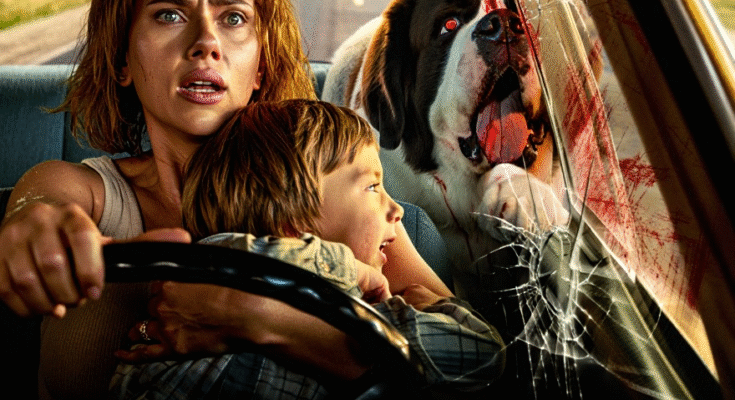When fear comes with a bite, there’s nowhere to hide.
In the 2025 reimagining of Stephen King’s terrifying classic, Cujo, director Michael Johnson delivers a haunting and tense psychological thriller that puts audiences on the edge of their seats. The film takes us deep into the suburban heart of Maine, where the idyllic surroundings are shattered by a seemingly innocent Saint Bernard that turns into an apex predator. What begins as a heartwarming tale of family and love rapidly devolves into a brutal fight for survival against a canine gone mad. With stunning performances from the cast, gripping cinematography, and a chilling atmosphere, Cujo is poised to redefine the genre.

Plot Overview
The story unfolds as Donna Trenton (played by Rebecca Ferguson), a woman trapped in a loveless marriage, takes her young son Tad (played by Jacob Tremblay) to the local mechanic’s farm for repairs on their car. It’s meant to be a simple, peaceful trip. However, their lives are forever changed when they encounter Cujo, a once-friendly dog who has been bitten by a rabid animal. Now infected, Cujo becomes a terror, barricading Donna and Tad in the car while the dog begins a brutal hunt.
As the sun beats down on them and the temperature inside the car rises, Donna and Tad must not only battle the overwhelming heat and lack of water, but also a dog that is relentless in its pursuit of their lives. The tension builds to a fever pitch as Donna begins to confront her own inner demons and the emotional distance between her and her husband, Joe (played by Jason Clarke), whom she has been avoiding for far too long. The psychological horror element is incredibly effective, exploring Donna’s fears, both external and internal.
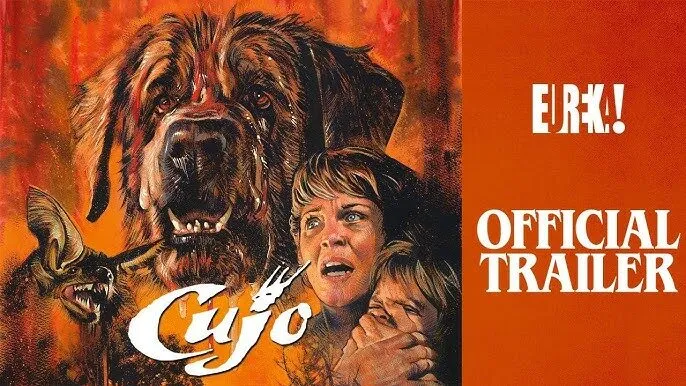
The Dog
What sets Cujo apart from other horror films is the portrayal of the dog itself. Cujo, played by a trained Saint Bernard, is a menacing figure on screen, masterfully blending the horror of a once-beloved family pet with the terror of an unpredictable, infected animal. The scenes of Cujo on the attack are shot in such a way that audiences can feel every ounce of dread as it approaches, creating a new level of suspense. The animal’s eyes glow with ferocity, its growls reverberate in the air, and the hair on its back stands as a warning to all who approach. It’s not just a dog – it’s a force of nature.
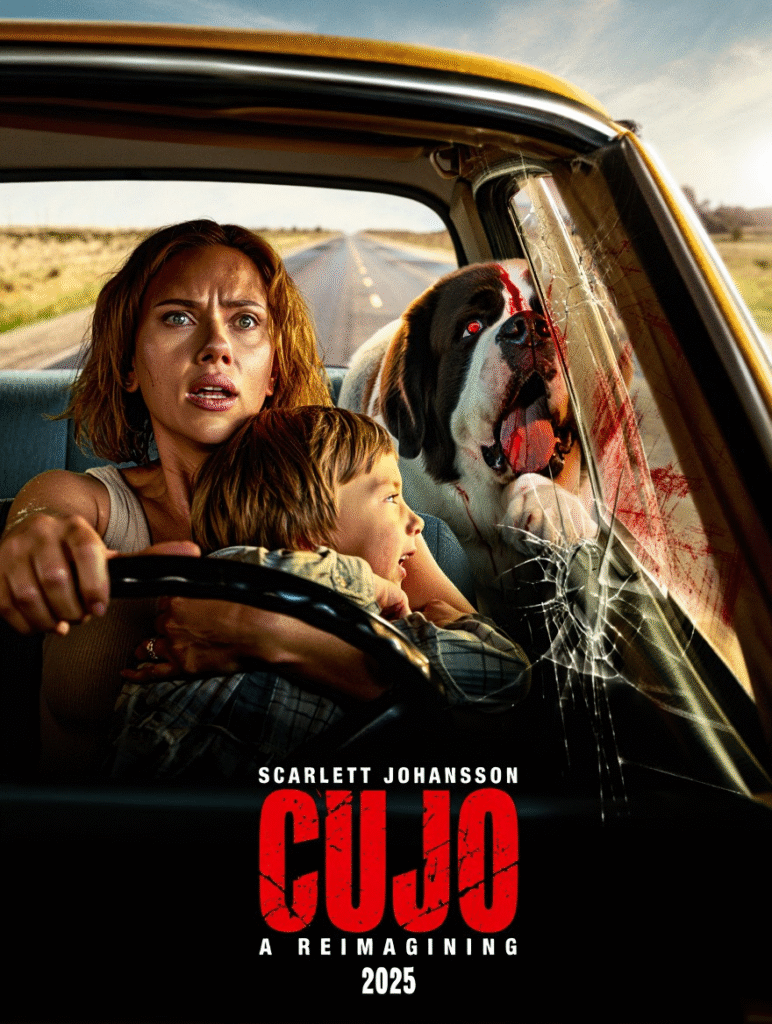
The special effects used to amplify Cujo’s rabid transformation are chilling. The makeup and CGI are blended seamlessly, offering a sense of realism that makes the dog’s monstrous appearance even more terrifying. Watching Cujo’s movements—his erratic, unpredictable behavior and violent strikes—is a masterclass in animal-driven horror.

Character Development & Themes
While the physical battle between Donna, Tad, and Cujo is at the forefront, the film masterfully interweaves complex character development. Donna is a mother who is forced into a life-or-death situation with her son, and through this intense pressure, we see her evolve from a woman riddled with insecurities and doubts into a fierce protector. She faces not only the physical battle against the dog, but also an emotional reckoning. Her fractured marriage, the strained bond with her son, and her yearning for a deeper connection with herself all come into focus as she faces the ultimate test of survival.
The film does a brilliant job of exploring themes of isolation, motherhood, and survival, as well as confronting one’s deepest fears. The psychological tension that builds between Donna and her son in the confined space of the car reflects not only their physical entrapment but their emotional distance as well. It’s a story of survival against the odds, not just from an external predator, but from their own internal struggles.
Servicios de streaming online de películas
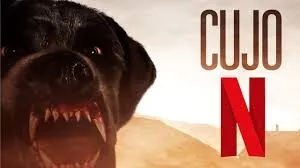
Visuals and Cinematography
Visually, Cujo is breathtaking in its use of isolation and limited space. The choice to keep most of the action confined to the car is a genius one, creating an atmosphere that is suffocating, claustrophobic, and unrelenting. The camera lingers on the sweat dripping down Donna’s face, the beads of condensation on the glass, and the hopeless gaze in her eyes. The scorching summer heat is almost palpable, with shots that make the viewer feel the oppressive weight of the sun’s rays. The limited space also makes every movement of Cujo even more intense as he stalks the car, further emphasizing the danger that lurks just outside.
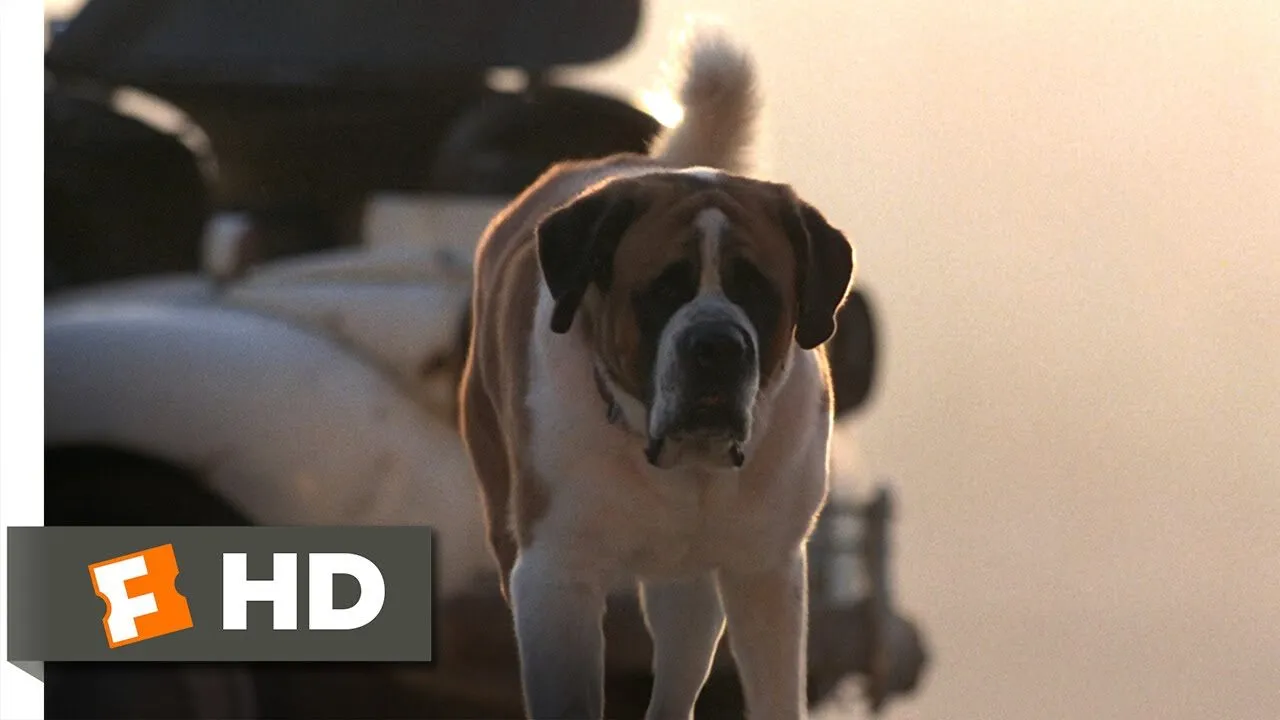
Sound Design
The sound design in Cujo deserves special mention. The growls, barks, and snarls of the dog are terrifyingly clear, making every sound feel like an impending death sentence. The whine of the wind and the creaking of the car in the intense heat add to the mounting tension. Every snap of Cujo’s jaws feels like a near miss, sending shivers down your spine. The soundtrack, while subtle, underscores the growing sense of danger, expertly building tension without ever becoming intrusive.
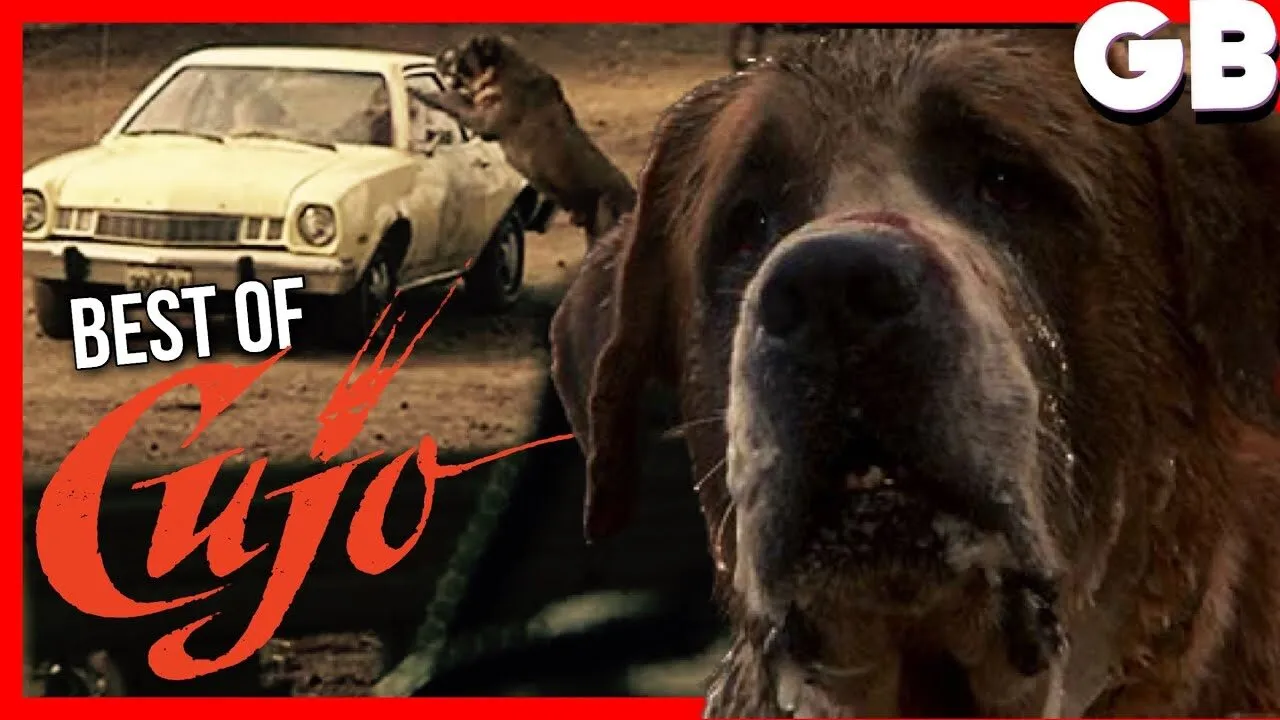
Final Thoughts
Cujo is an emotional rollercoaster of fear, survival, and self-realization. It’s a film that will stick with you long after the credits roll. Rebecca Ferguson’s portrayal of Donna is nothing short of exceptional, bringing both strength and vulnerability to the character. Jacob Tremblay’s performance as Tad is heart-wrenching, his wide-eyed innocence starkly contrasting with the terror he faces. Together, they form a mother-son duo whose bond is tested like never before.
This 2025 adaptation of Cujo is a terrifying and intense exploration of fear—both the external and the internal. With a chilling performance from the dog, stunning cinematography, and a well-crafted psychological narrative, it’s a horror film that doesn’t just rely on cheap thrills. Instead, it offers a deep, unsettling experience that delves into the primal instinct to protect those we love. This is a film for horror lovers who enjoy a complex, emotional journey wrapped in a suffocating atmosphere of dread. It’s the kind of movie that makes you think twice before trusting that friendly dog in your neighborhood.
